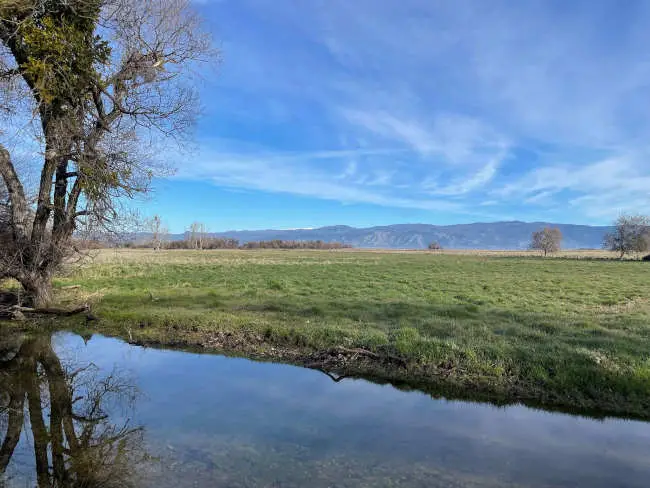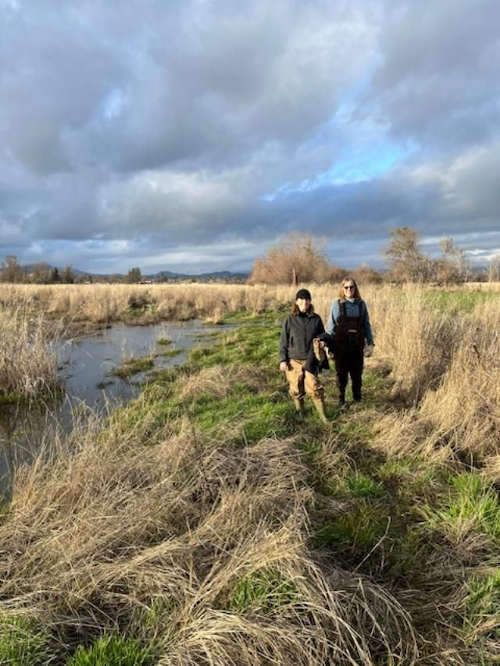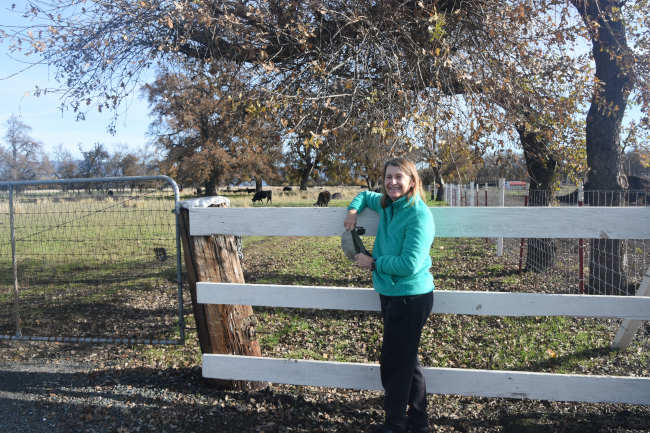- April Smith, Auburn University
- Posted On
Eating disorders are the most lethal mental health conditions – reconnecting with internal body sensations can help reduce self-harm

Did you know that anorexia is the most lethal mental health condition? One person dies from an eating disorder every hour in the U.S. Many of these deaths are not from health consequences related to starvation, but from suicide.
Up to 1 in 5 women and 1 in 7 men in the U.S. will develop an eating disorder by age 40, and 1 in 2 people with an eating disorder will think about ending their life. About 1 in 4 people with anorexia nervosa or bulimia nervosa will attempt to kill themselves, and those with anorexia have a risk of death by suicide 31 times higher than peers without the disorder.
In fact, nonsuicidal self-injury, suicidal ideation, suicide attempts and suicide deaths are all more prevalent among those with any type of eating disorder compared to those without an eating disorder.
Why might that be?
I am a clinical psychologist who studies eating disorders and self-harm, and I have spent the past 15 years researching this question. We still don’t have the answer. But new work on perception of the internal state of the body points to some promising possibilities for treatment. And what we’re learning could help anyone improve their relationship with their body.
Eating disorders and interoception
To understand why people with eating disorders are at risk of dying by suicide, I first want to ask you to do a little thought exercise.
I’d like you to really think about your body: Think about your hair, face, arms, stomach, chest and legs. What words and feelings come to mind? Are there any things you wish you could change? Feel free to close your eyes and try this out.
I’m guessing as you did this thought exercise, you probably weren’t thinking, “Every part of my body is amazing. Five stars, wouldn’t change a thing!” In fact, many people tend to have pretty negative and highly critical thoughts about their bodies.
Here’s another question for you: What do you do with things you don’t like? For instance, what do you do when you encounter someone you dislike, a food you can’t stand or an overwhelming list of chores? Do you care for or accept them? Probably not. Most people tend to avoid, despise or criticize the things they don’t like. This allows them to separate and disconnect themselves from these loathed things.
But when you think negatively about and try to avoid your body, you end up disconnecting from it and losing the ability to understand what’s going on inside your body. You start to see it not as your body but as an object.
That ability to recognize, interpret and respond to internal signals in your body actually has a name: interoception, also known as the sixth sense. It refers to your ability to recognize, interpret and respond to a variety of bodily sensations, such as emotions, hunger and fullness, temperature and pain.
Interoception can be divided into various components, and interoceptive accuracy, or how accurately you notice various internal sensations, can be measured in various ways. These include psychophysiological measures like a heartbeat perception test, which compares a person’s perceived number of heartbeats without taking their pulse to their actual number of heartbeats over a period of time. People with greater discrepancies between their perceived and actual heartbeat counts are thought to be worse at sensing cardiac sensations and thus have worse interoception.
Interoception and health
My research over the past decade has found that the worse your interoception is, the more disconnected you are from your body and the less aware you are of what’s going on inside it. And the more disconnected you are from your body, the easier it becomes to harm yourself, whether that be through an eating disorder or suicidal behaviors.
Interoception is crucial to understanding and caring for your body. For instance, you need to be able to perceive hunger and fullness in order to properly nourish yourself. If you were unable to perceive pain, you might end up hurting yourself. And you need to be able to understand the emotions you’re feeling in order to respond adaptively to different situations.
Research suggests that interoception is integrally related to mental and physical health, and impaired interoception is considered a risk factor for various mental disorders. For example, if you are unable to sense when you’re hungry or full, that could lead to restrictive or binge eating. Conversely, if you are hyperaware of your internal sensations, such as your heart rate and breathing, that could lead to panic disorder symptoms.
As you lose connection with your body, it becomes easier to harm your body as an object you’ve grown to loathe. Research from my team has found that people who have attempted suicide have worse interoception than people who haven’t, and people who have attempted suicide multiple times have worse interoception than those who have only attempted suicide once. People with more recent and lethal suicide attempts have worse interoception than those with more distant or less lethal attempts.
Impairment in interocepton is more strongly associated with suicidal ideation and suicide attempts than other risk factors like hopelessness, gender and post-traumatic stress.
Reconnecting with the body
But many people weren’t always this disconnected from their bodies.
I have two young kids who are learning what their bodies can do and are finding their bodies more and more amazing. My 7-year-old son and his friends are delighted when they do gymnastics, standing on one foot or walking across a balance beam. And my daughter, almost 3 now, loves her round tummy: She proudly sticks it out and plays it like a drum. Young kids haven’t yet learned to talk to their bodies in the harsh way many teens and adults do. They haven’t begun to disconnect from their inner senses.
To reduce self-harm, I encourage you to try to regain a sense of connection and care for not only your body but also the bodies of those you love. This isn’t easy, but researchers are studying multiple ways to improve interoception.
For instance, my team has developed a training program to improve interoception called Reconnecting to Internal Sensations and Experiences, or RISE. First, we educate participants about interoception and the importance of cultivating awareness of internal sensations for improved mental and physical health.
Then we teach them to bring attention to their muscles through progressive muscle relaxation techniques and to hunger and fullness cues through mindful and intuitive eating.

After that, we introduce participants to the concept of body functionality by asking them to think of what their bodies can do rather than evaluating their bodies on appearance. For instance, rather than thinking, “I’m getting fat” or “I’m too old” or “I’m too slow,” they can think, “My legs helped get me out of bed today” or “My arms allow me to hug those I love” or “This scar demonstrates my body’s ability to heal.” This is important because body image is linked to multiple aspects of interoceptive awareness.
Finally, we teach participants about recognizing their emotions and changing their behaviors. Emotional awareness is a core component of interoception, so we ask participants to think about where they feel those emotions in their body, how they can distinguish between certain emotions, and how they can more effectively respond to stress.
Consumer culture doesn’t tend to promote listening to your body, so relearning how to do this may take time and dedicated practice. But I believe the rewards can be literally lifesaving.![]()
April Smith, Associate Professor of Psychological Sciences, Auburn University
This article is republished from The Conversation under a Creative Commons license. Read the original article.

 How to resolve AdBlock issue?
How to resolve AdBlock issue? 









